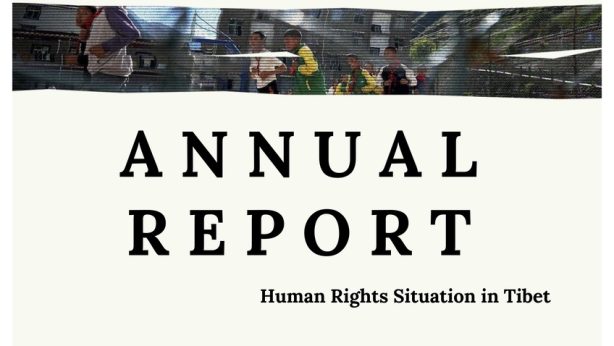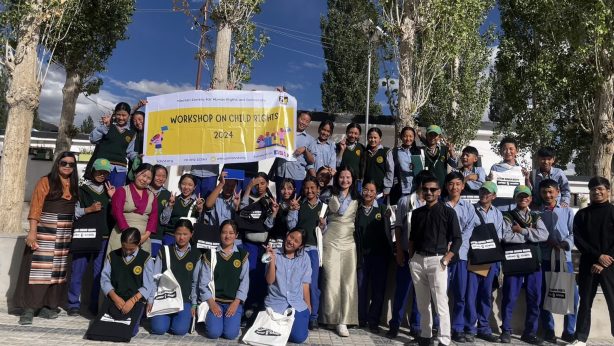New report calls for investigation into acts of crimes against humanity in Tibet’s Driru County
Dharamsala, India – A new report published today by the Tibetan Centre for Human Rights and Democracy (TCHRD) argues that Chinese authorities committed egregious human rights abuses that amount to crimes against humanity in Driru County, one of the most tightly-controlled areas in Tibet.
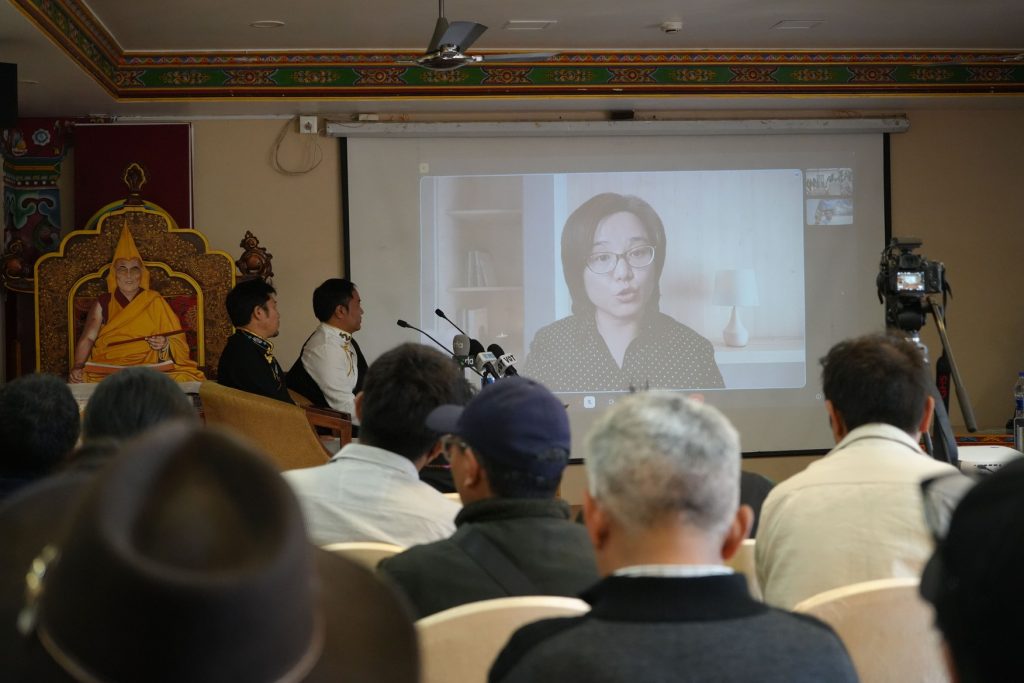
The report titled ‘If Gyalmo Ngulchu Could Feel: Crimes Against Humanity in Driru’ details widespread and systematic human rights violations committed by Chinese authorities in Driru between 2012 and 2022. The report presents extensive evidence of crimes against humanity, including persecution, arbitrary detention, torture, and extrajudicial killings, as part of a state-led policy to suppress Tibetan resistance and identity.
The report highlights the violent crackdown that began on 28 September 2013, when local Tibetans in Driru dumped five-starred Chinese flags into the Gyalmo Ngulchu (Nujiang/Salween) river in protest against a coercive flag-flying campaign. The campaign sought to force Tibetans to hoist Chinese flags on their rooftops—traditionally reserved for prayer flags—under threats of denial of education, healthcare, state subsidies, and economic opportunities. When Tibetans resisted, security forces responded with aggressive force, arbitrary detentions, and torture, leading to a complete security lockdown in the region.
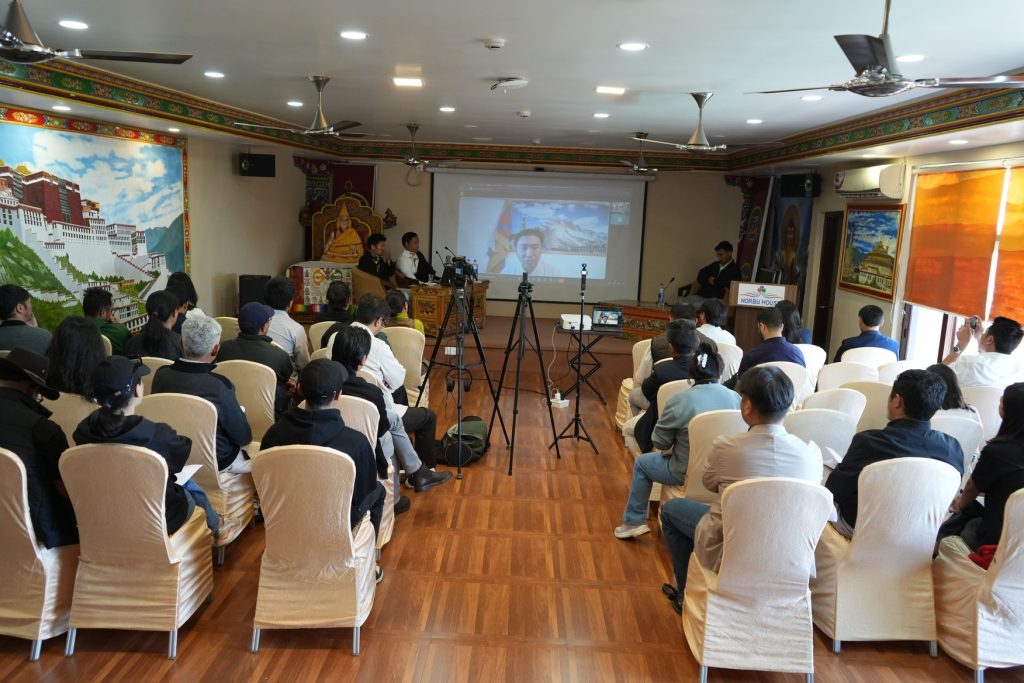
On 6 October 2013, Chinese security forces opened fire on unarmed Tibetan protesters, injuring at least 60 people, including four critically wounded individuals. This was followed by mass arrests, severe restrictions on movement and communication, and long-term punitive measures against Tibetans accused of dissent. Tibetans in exile remain cut off from their families, with those in Driru banned from contacting relatives abroad under threats of imprisonment and persecution.
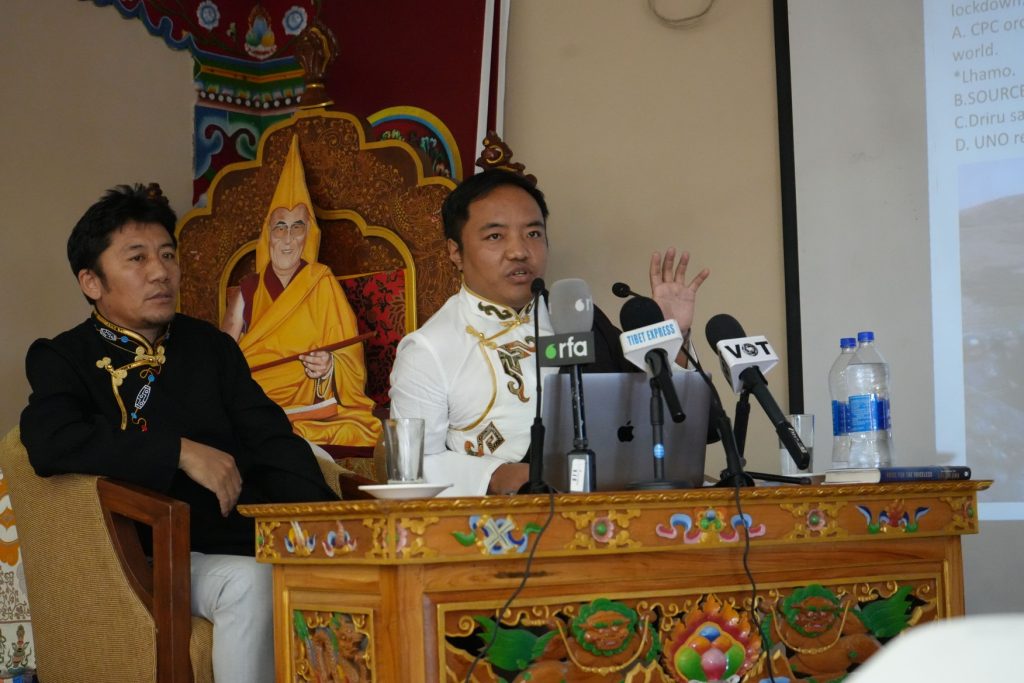
The report also exposes the long-term socio-economic and cultural devastation caused by these policies including forced separation of families and mass surveillance leading to psychological trauma and social fragmentation; suppression of Tibetan language education undermining cultural preservation; and economic exploitation including restrictions on the harvesting of the prized yartsa gunbu (cordyceps fungus), a major livelihood source.
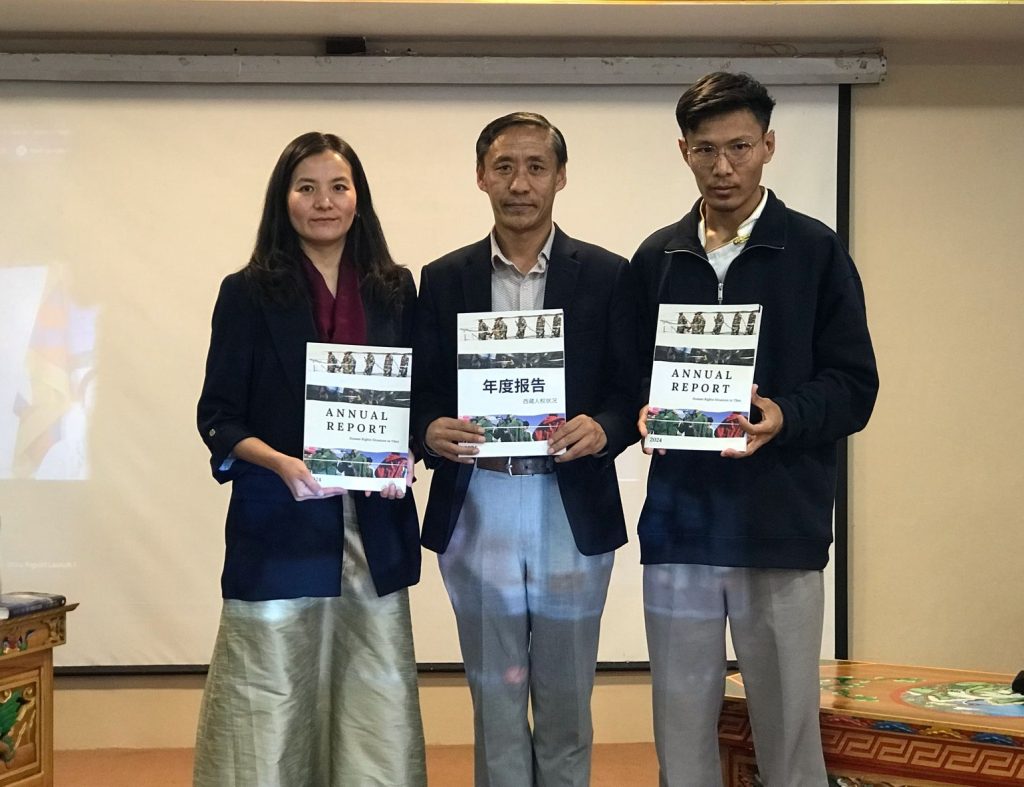
Full Report: https://tchrdnorthamerica.org/wp-content/uploads/2025/04/Driru-Report-Final-.pdf

